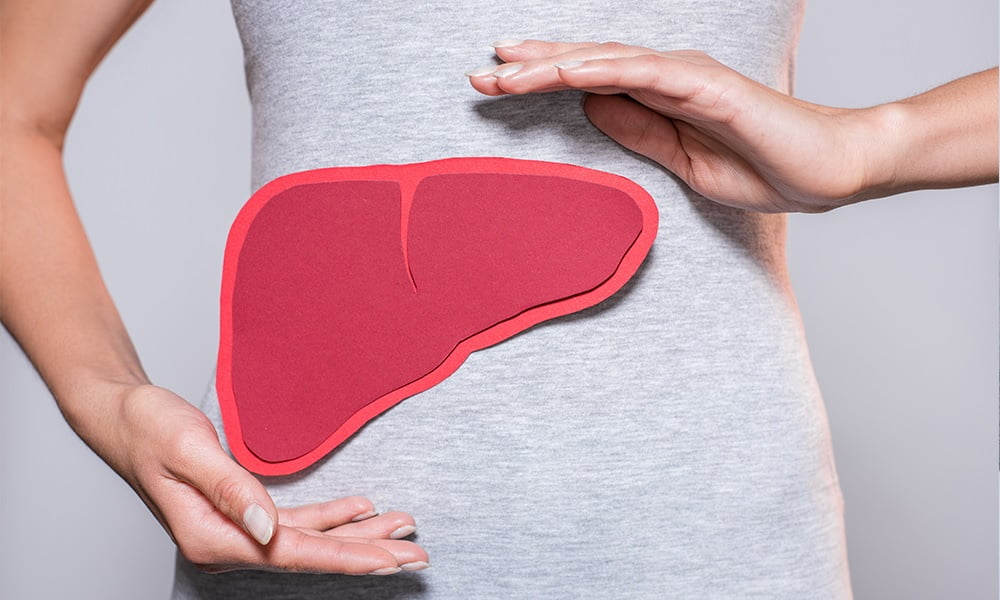The Silent Epidemic of Fatty Liver Disease: Causes and Treatments

Fatty liver disease, also known as hepatic steatosis, is a growing global health concern that often goes unnoticed until it reaches advanced stages. It is characterized by the accumulation of excess fat in the liver cells, impairing its normal function. In this blog post, we will explore the silent epidemic of fatty liver disease, its causes, and the available treatments to combat this condition.
Understanding Fatty Liver Disease
Fatty liver disease can be broadly categorized into two types: alcoholic fatty liver disease (AFLD) and non-alcoholic fatty liver disease (NAFLD).
- Alcoholic Fatty Liver Disease (AFLD): AFLD is caused by excessive alcohol consumption over an extended period. The liver is responsible for metabolizing alcohol, and chronic alcohol abuse can lead to the build-up of fat in the liver, eventually resulting in inflammation and liver damage.
- Non-alcoholic Fatty Liver Disease (NAFLD): NAFLD is the most common form of fatty liver disease and is not related to alcohol consumption. It is closely associated with metabolic conditions such as obesity, insulin resistance, type 2 diabetes, and high cholesterol levels. NAFLD encompasses a spectrum of conditions ranging from simple fatty liver (steatosis) to non-alcoholic steatohepatitis (NASH), which involves liver inflammation and can progress to cirrhosis and liver failure.
Causes of Fatty Liver Disease
The precise causes of fatty liver disease are multifactorial and can vary between individuals. Some common risk factors include:
- Obesity: Excess body weight, particularly abdominal obesity, increases the risk of developing fatty liver disease. Fat accumulation in the liver is closely linked to the overall distribution of body fat.
- Insulin Resistance and Metabolic Syndrome: Insulin resistance, a condition in which the body’s cells become less responsive to insulin, is often associated with fatty liver disease. Insulin resistance can lead to increased fat storage in the liver and contribute to the progression of the disease.
- Unhealthy Diet: Diets high in refined carbohydrates, added sugars, and saturated fats can contribute to the development of fatty liver disease. These dietary choices can lead to increased fat deposition in the liver.
- Genetics: Genetic factors can influence an individual’s susceptibility to fatty liver disease. Certain genetic variations may impact how the liver processes and stores fat, increasing the risk of developing the condition.
Treatment and Management
- Lifestyle Modifications: The first line of treatment for fatty liver disease involves adopting healthy lifestyle changes. This includes weight loss through regular physical activity, a balanced diet that is low in saturated fats and added sugars, and the avoidance or moderation of alcohol consumption.
- Management of Underlying Conditions: Addressing underlying conditions such as obesity, insulin resistance, and metabolic syndrome is crucial for managing fatty liver disease. This may involve working with healthcare professionals to develop a personalized treatment plan that includes weight management, exercise, and appropriate medication for associated conditions.
- Medications: In cases of non-alcoholic steatohepatitis (NASH) with advanced fibrosis, specific medications may be prescribed to target liver inflammation and fibrosis. These medications are typically used in specialized medical settings under the guidance of a hepatologist or gastroenterologist.
- Ongoing Monitoring: Regular monitoring of liver health through blood tests and imaging studies is important to assess disease progression and response to treatment. It also helps detect any potential complications or the need for further interventions.
Conclusion
Fatty liver disease is a silent epidemic that can have serious consequences for liver health if left untreated. It is closely linked to obesity, insulin resistance, and metabolic conditions, highlighting the importance of adopting a healthy lifestyle and managing underlying factors. By making positive changes in diet, engaging in regular exercise, and seeking appropriate medical care, individuals can take proactive steps towards preventing and managing fatty liver disease. Remember, early detection and intervention are key to preserving liver health and overall well-being.










